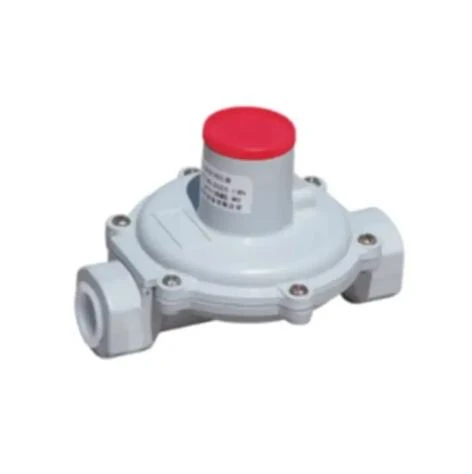
Nov . 04, 2024 23:16
Back to list
pressure reducing valve
Understanding Pressure Reducing Valves Essential Components for Fluid Control Systems
Pressure reducing valves (PRVs) are crucial components in a variety of fluid control systems, primarily used to manage and regulate pressure in pipelines and equipment. They ensure that the pressure downstream of the valve remains within a specified range, protecting both the system and its components from damage due to excessive pressure. In this article, we will explore the workings, applications, and significance of pressure reducing valves in various industries.
The Working Principle of Pressure Reducing Valves
At its core, a pressure reducing valve is a mechanical device that automatically reduces the incoming high pressure of a fluid to a lower, more manageable pressure. The basic design of a PRV typically involves a valve body, a diaphragm, and a spring mechanism. When high-pressure fluid enters the valve, it exerts force on the diaphragm, which is connected to the spring. The opposing force from the spring determines the setpoint pressure, while the diaphragm modulates the flow of fluid based on pressure changes.
When the pressure downstream falls below the setpoint, the valve opens to allow more fluid to flow through, thereby increasing the pressure. Conversely, if the downstream pressure exceeds the setpoint, the valve closes slightly to reduce the flow, maintaining a stable pressure in the system. This ability to self-regulate is what makes PRVs indispensable for various applications.
Applications of Pressure Reducing Valves
Pressure reducing valves have a wide range of applications across multiple sectors, including water supply, irrigation, manufacturing, and HVAC systems. In municipal water systems, PRVs are used to lower high incoming water pressure to a safe and manageable level for residential and commercial use. This not only protects plumbing fixtures and appliances but also conserves water by minimizing leaks and wastage.
In agricultural irrigation systems, PRVs help maintain optimal pressure for efficient water distribution, ensuring that crops receive adequate moisture without the risk of system damage. In manufacturing processes, PRVs are vital for protecting equipment like compressors and boilers from pressure fluctuations, which can lead to failures and costly downtime.
pressure reducing valve

Moreover, in heating, ventilation, and air conditioning (HVAC) systems, PRVs maintain consistent pressure for steam and hot water systems, enhancing the efficiency and longevity of the equipment.
The Importance of Pressure Reducing Valves
The significance of pressure reducing valves cannot be overstated. By controlling pressure levels, PRVs enhance the safety and reliability of fluid systems. They reduce the likelihood of leaks and ruptures caused by excessive pressure, thereby minimizing maintenance costs and preventing potential accidents.
Additionally, PRVs contribute to energy efficiency. By maintaining optimal pressure levels, they help systems operate more efficiently, reducing energy consumption and operational costs. For industries reliant on pressurized systems, this translates into significant savings over time.
Furthermore, the environmental impact of PRVs is noteworthy. By preventing leaks and reducing water wastage, PRVs play an essential role in conserving precious resources and promoting sustainable practices.
Conclusion
In conclusion, pressure reducing valves are essential components that play a vital role in the safe and efficient operation of fluid control systems across various industries. Their ability to regulate pressure, protect equipment, and enhance system efficiency makes them invaluable. As technology advances and industries evolve, the importance of PRVs will only increase, making them integral to modern engineering and environmental stewardship. Understanding their function and applications can help industries maximize their potential while ensuring compliance with safety and efficiency standards.
Next:
Latest news
-
Safety Valve Spring-Loaded Design Overpressure ProtectionNewsJul.25,2025
-
Precision Voltage Regulator AC5 Accuracy Grade PerformanceNewsJul.25,2025
-
Natural Gas Pressure Regulating Skid Industrial Pipeline ApplicationsNewsJul.25,2025
-
Natural Gas Filter Stainless Steel Mesh Element DesignNewsJul.25,2025
-
Gas Pressure Regulator Valve Direct-Acting Spring-Loaded DesignNewsJul.25,2025
-
Decompression Equipment Multi-Stage Heat Exchange System DesignNewsJul.25,2025

